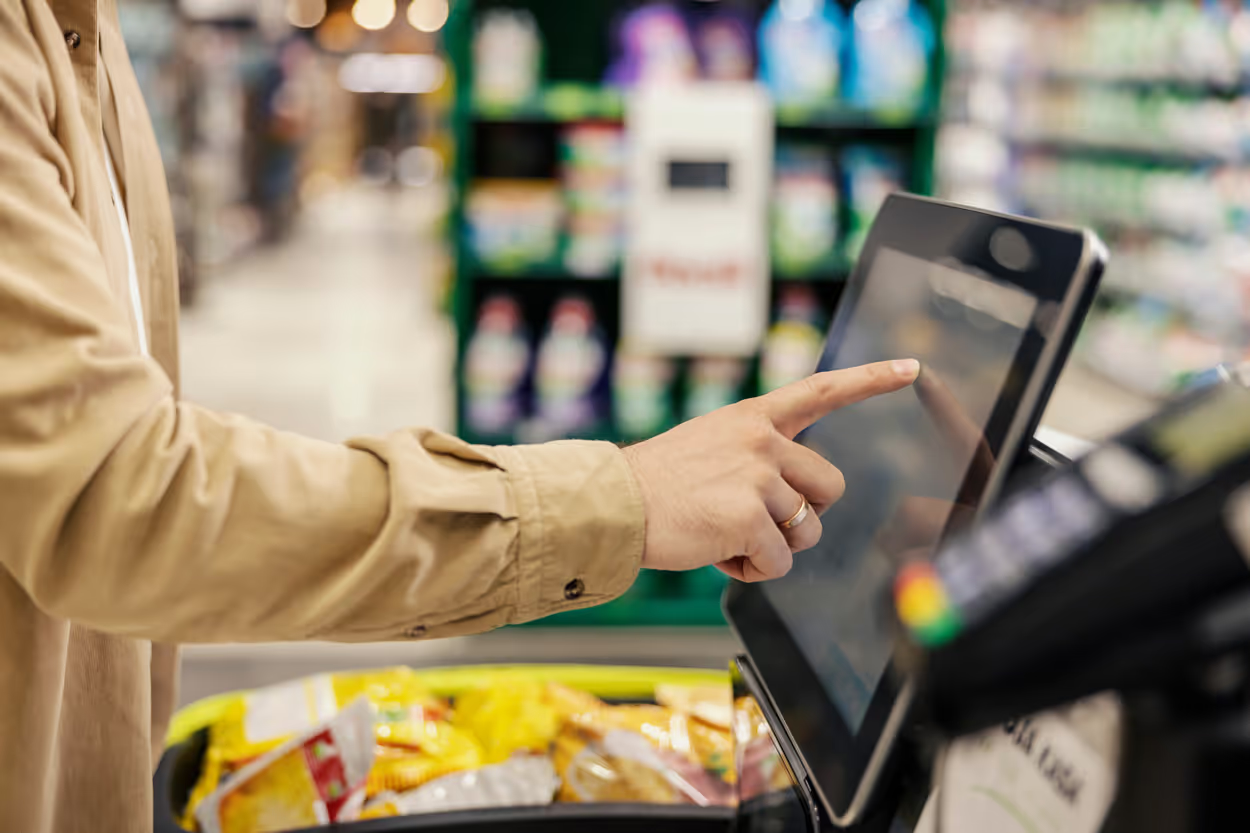Menus have become more inclusive
Restaurants that offer vegan options or flexibility for certain food preferences, such as gluten-free or keto-friendly, continue to be at the top of the preference list for many customers today.
The restaurant industry has seen a significant shift in food trends with an increase in the number of vegan options on menus at large, international fast-food chains. This will have a ripple effect on smaller, local restaurant chains. In addition to inclusive plant-based foods, restaurants have also explored alcohol-free cocktails, known as mocktails, as a way to appeal to sober customers.
We know that restaurant operators have faced rising food costs driving menu changes, so continuing to expand menus to include more diverse options further allows restaurants to grow their customer base and revenues.

The pandemic spurred major changes in the restaurant industry, many of which seem to be here to stay. Consumer habits have evolved drastically — people are traveling less and are more health-conscious. New restaurant trends are emerging, too, like the continued push for sustainability in food and packaging.
Here’s a closer look at some of the top restaurant trends we’ve seen and how they might continue to impact the restaurant dining experience going forward.
Contactless ordering and pickup is now a restaurant staple
What started as a necessity amidst the darkest hours of lockdowns and quarantine is now an industry-wide standard. Restaurants across the world have developed different ways to deliver food without human contact, with unique strategies behind them.
For example, some quick-service restaurants have relied heavily on third-party delivery apps to courier their food direct to customers’ doors while others have invested in their own proprietary delivery services with an online ordering platform. Some restaurants have deployed contactless in-store pickup options either at the drive thru, curbside or at pre-designated locations inside the restaurant.
These alternative methods of food service have not only kept restaurants afloat these past two years, but have also allowed them to thrive by diversifying revenue streams and increasing order volume.
Interested in learning more about how to set up contactless delivery and other restaurant trends? Click here.
Menus have become more inclusive
Restaurants that offer vegan options or flexibility for certain food preferences, such as gluten-free or keto-friendly, continue to be at the top of the preference list for many customers today.
The restaurant industry has seen a significant shift in food trends with an increase in the number of vegan options on menus at large, international fast-food chains. This will have a ripple effect on smaller, local restaurant chains. In addition to inclusive plant-based foods, restaurants have also explored alcohol-free cocktails, known as mocktails, as a way to appeal to sober customers.
We know that restaurant operators have faced rising food costs driving menu changes, so continuing to expand menus to include more diverse options further allows restaurants to grow their customer base and revenues.
Kitchen processes are being automated
We’ve established that restaurants have had to creatively adapt to a changing market over the past two years by adjusting their menu, reimagining their service offerings and adding new distribution channels (like enhanced drive-thrus and contactless pickup). These shifts in business models require restaurant concepts to be more dynamic than they once were, so they can adapt more quickly and with fewer errors.
We’ve also seen many restaurants investing in tools to automate some kitchen processes. In fact, 91% of restaurateurs said they intend to automate some kitchen processes. A great place to start with kitchen automation is upgrading your POS system to one that can easily track inventory and place orders with major suppliers when inventory levels are running low. A streamlined back-of-house process helps these restaurants hedge against supply-chain disruption while continuing to be creative with the way they serve customers up front.
Restaurants are adopting diversified revenue models
In addition to focusing on how to get food to customers, last year we also saw restaurants invest in what they were delivering.
Traditionally, fine dining and quick-service restaurants have focused on perfecting their menu items and delivering excellent customer service. However, in 2021 many restaurants had to get creative about generating value for their customers.
For example, many establishments launched virtual mixology or cooking class series to help patrons get to know their chefs and bartenders. Additionally, some restaurants built out or expanded retail spaces within their storefronts selling various merchandise, such as t-shirts, stickers, magnets and mugs. This works especially well to bolster your restaurant’s brand equity in the local community.
In keeping with pandemic concerns, restaurants also offered to-go alcohol options where customers could pick up the key ingredients for their favorite margarita and make it at home. These diversified revenue streams helped restaurants extend their customer reach and safeguard against the ever-present threat of new shutdowns.
Community has become a focus
Restaurants have always been an integral part of any local community — food is a key ingredient to creating community, after all. As our society continues to grapple with the major shocks of 2020, consumers are increasingly basing buying decisions on a business’s values.
In 2021, it was more important than ever for restaurants to be visible in the community, clearly communicating what they stand for. Impact-based buying will only grow in importance as customers continue to advocate for social justice, champion sustainability improvements and seek to support local businesses.
The past year, 2021, had no shortage of exciting changes in store for the restaurant industry. Adaptability continues to be the most important quality for a local restaurant to possess. We saw restaurant operators embrace and solidify their contactless delivery channels, expand their menus, diversify their service offerings, automate their kitchens and redirect their focus to the local community. In 2022, we expect a lot of these top restaurant trends to persist, and hope that customers will continue to dine out at restaurants.




